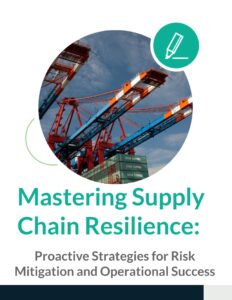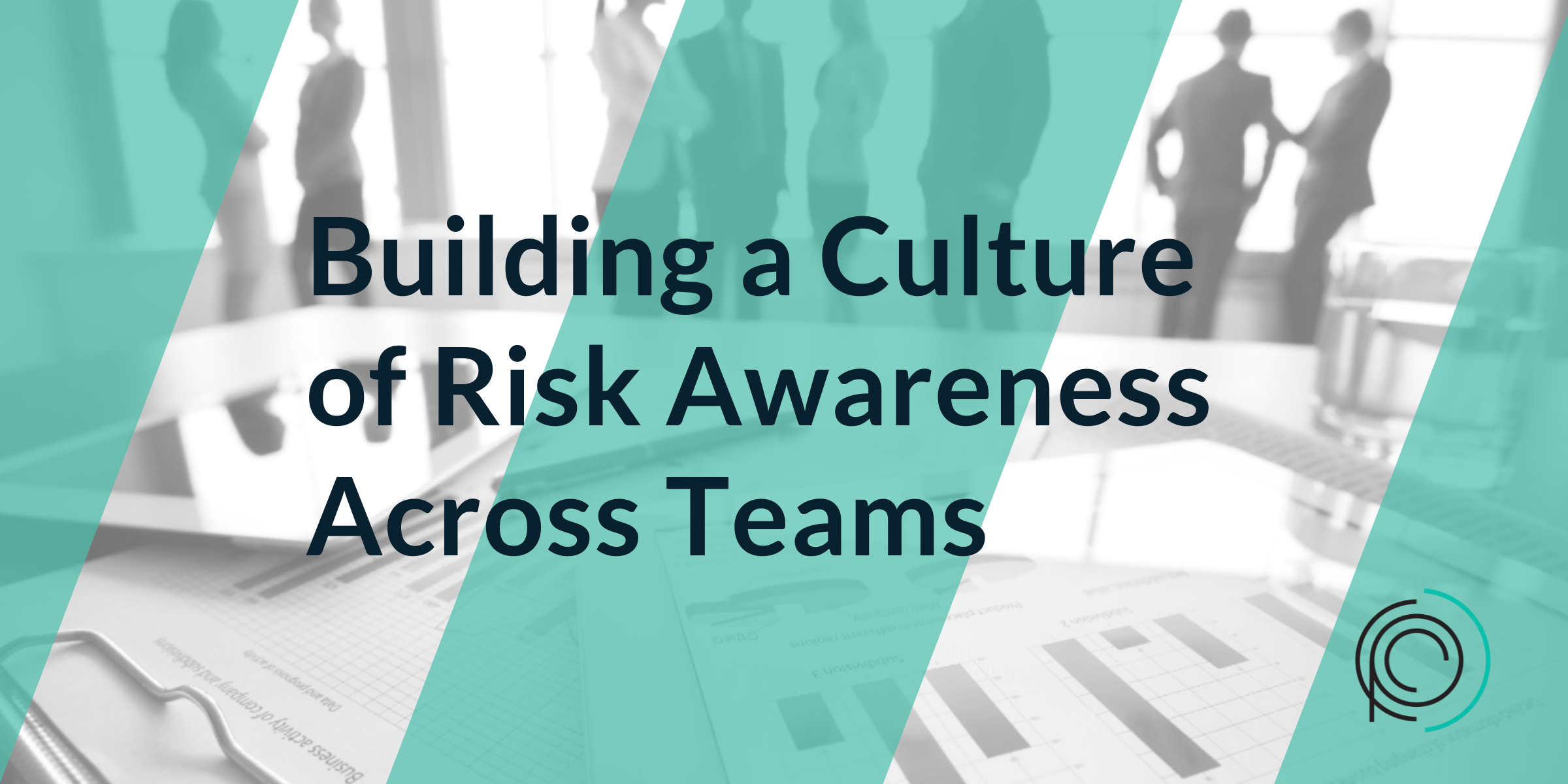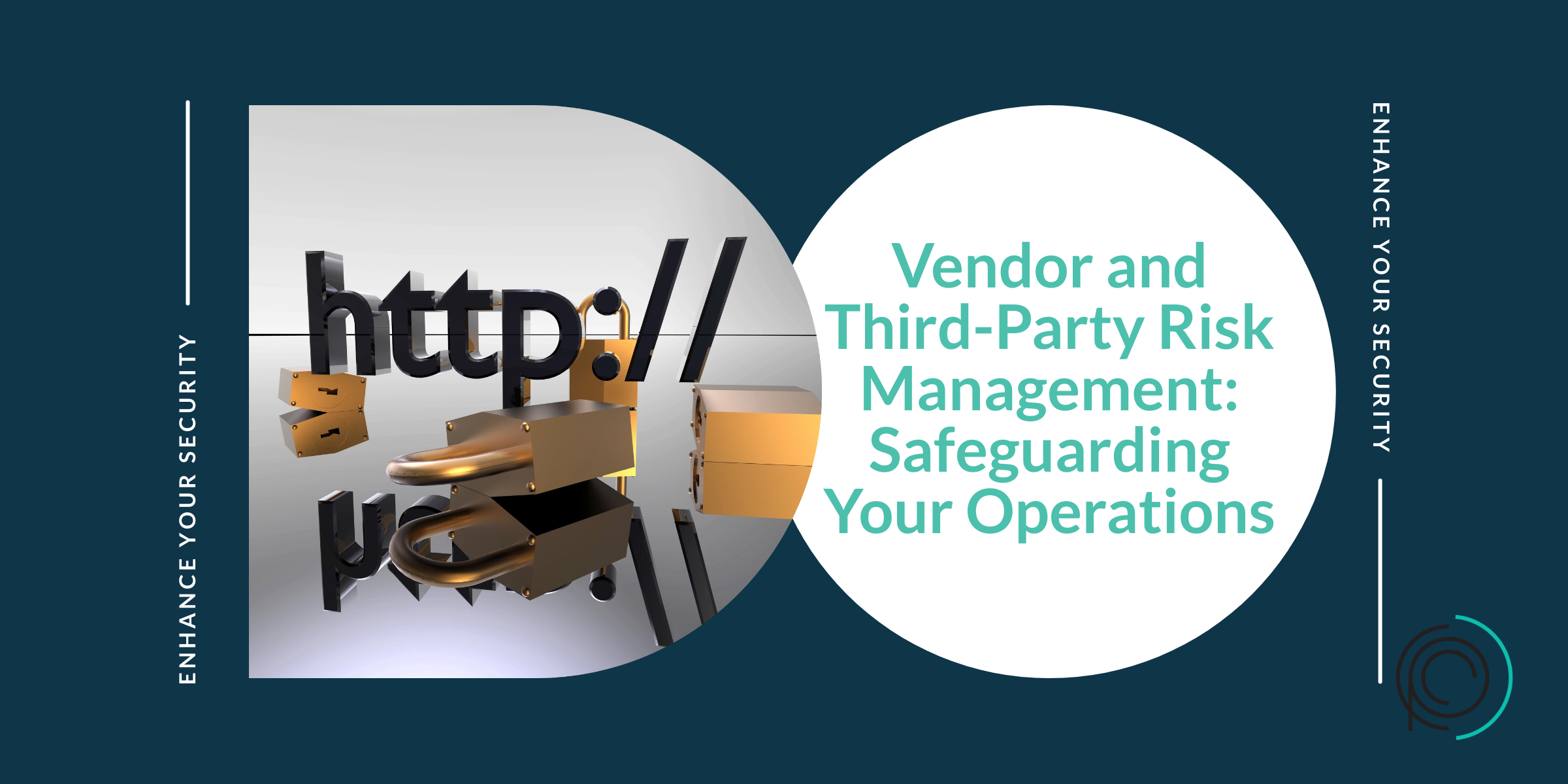Navigating the complexities of regulatory requirements while managing the operational impacts of disruptions on the business can be daunting for leaders. The last few years have shown us that planning for a crisis is not a question of if, but rather when it will occur. To effectively tackle these challenges, organizations must establish a comprehensive crisis management plan.
While that sounds great on paper, it’s often easier said than done. As leaders, we all know it’s better to be proactive than reactive. But let’s be honest, coming up with plans for future events takes a level of foresight that’s not always easy to nail down! You’ll need to carefully strategize for scenarios that may not have happened yet and may never happen at all. Moreover, when or if they do occur, they may unfold in ways that differ significantly from your initial expectations. This unpredictability requires flexibility and adaptability, making it crucial to remain open to adjusting your plans as necessary.
Let’s kick things off by diving into what crisis management really means and why it’s so crucial!
What is Crisis Management?
Crisis management is all about being prepared for the unexpected! It’s the proactive process of anticipating, mitigating, responding to, and bouncing back from disruptive events that could threaten your organization’s operations and reputation. By identifying potential risks and vulnerabilities, you can develop smart strategies to minimize their impact and spring into action when a crisis hits.
But remember, for decision-makers, ensuring compliance in operations isn’t just a legal checkbox—it’s a vital part of sustainable business management. This blog post will take you on a journey through the essentials of operations compliance, highlighting its significance and offering practical steps to keep your organization on the right side of the law. Let’s dive in!
Why is Crisis Management Important?
In our interconnected world, disruptions can strike at any moment and spread like wildfire. Whether it’s a natural disaster, a cyber-attack, or even a public relations crisis, even the best-prepared organizations can find themselves grappling with a situation that jeopardizes their operations, reputation, and stakeholder relationships. The challenges posed by these crises can manifest in various forms, loss of customer trust, legal repercussions, or significant financial setbacks. Without a robust crisis management plan in place, the stakes are incredibly high. The consequences can range from reputational damage and financial loss to the ultimate threat of organizational closure, creating an environment of chaos and uncertainty.
But here’s the good news: Effective crisis management empowers organizations to spring into action quickly and efficiently, significantly minimizing the fallout from any disruption. A well-structured plan allows businesses to identify potential risks beforehand, outline clear protocols for response, and ensure that all employees are trained to handle emergencies as they arise. This preparedness not only showcases resilience and readiness but also highlights an organization’s commitment to safeguarding its stakeholders’ interests. These qualities are instrumental in maintaining stakeholder trust and confidence when uncertainty looms.
Furthermore, embracing a proactive approach to crisis management not only safeguards operations but also fortifies relationships during tough times. By transparently communicating with stakeholders and demonstrating accountability, organizations can build a loyal following that appreciates their commitment to overcoming challenges. In essence, effective crisis management is not just about surviving a crisis; it’s about emerging from it stronger and more united than before, equipped with lessons learned and a renewed sense of purpose. Being prepared fosters a culture of confidence within your team, showcasing that the business is not just thinking about the present but is also strategically planning for the future. It reassures everyone that, come what may, there’s a solid plan in place to tackle any challenges that arise!
Building Operational Resilience
To effectively navigate crises and disruptions, organizations must cultivate operational resilience to emerge successfully on the other side. This concept involves not just the ability to adapt and recover from challenges but also maintaining critical business functions throughout any disruption. It requires a proactive and strategic approach to identifying potential risks, whether they stem from natural disasters, cyber threats, or economic shifts.
Organizations should engage in thorough risk assessments to understand vulnerabilities and prioritize the most pressing threats. This assessment will require a granular level of detail to fully understand how close your business is to realizing those threats. Developing comprehensive contingency plans is essential; these plans should outline specific actions to take in various crisis scenarios, ensuring that all team members are aware of their roles during an emergency. Regularly testing and updating these plans through simulations and drills will help organizations refine their responses and improve their readiness. By fostering a culture of resilience, companies can enhance their ability to navigate unforeseen challenges while continuing to deliver value to customers and stakeholders.
Key Elements of Crisis Management
- Risk Assessment: The first step in crisis management is to conduct a thorough risk assessment. This involves identifying potential threats to the organization’s operations, evaluating their likelihood and impact, and prioritizing them for mitigation.
- Communication Plan: A clear communication plan is essential during a crisis. It should outline how information will be shared with stakeholders, both internally and externally, and who is responsible for communicating updates.
- Incident Response Team: Every organization should have a designated incident response team that includes representatives from different departments who are trained to respond quickly and effectively in times of crisis.
- Business Continuity Plan: A business continuity plan outlines how critical business functions will be maintained during a crisis. It should include backup systems, alternative processes, and procedures for remote work if necessary.
- Training and Testing: Crisis management plans must be regularly tested and updated to ensure they remain effective. Training sessions can also help prepare employees for potential crises and ensure everyone knows their roles and responsibilities in the event of a disruption.
Understanding Compliance and Its Connection to Crisis Management
A crisis such as a cyber threat or a breach can cripple a business within seconds both financially and technologically. It’s a stark reminder of just how vulnerable we all are to such masked threats. Compliance refers to the adherence to laws, regulations, standards, and ethical practices that govern an organization’s operations. While compliance can often seem like a never-ending to-do list, it serves crucial purposes. It is vital for fostering trust and integrity in the marketplace and among stakeholders. The link between compliance and crisis management is particularly significant; robust compliance frameworks act as safeguards during turbulent times, enhancing an organization’s capacity to respond effectively to crises.
When compliance is integrated into the crisis management framework, it not only helps mitigate legal risks but also enhances the organization’s response capabilities. For instance, ensuring adherence to data protection laws becomes crucial during a cyber-attack, allowing organizations to not only manage the crisis effectively but also protect their reputation and stakeholder interests. By embedding compliance practices into crisis management strategies, organizations can create a robust foundation that supports their operations in both routine and challenging circumstances, thus promoting a culture of resilience and accountability. This proactive stance ultimately strengthens stakeholder confidence and positions the organization as a responsible and trusted entity in times of crisis.
Why Compliance Is Critical in Operations Management
Understanding the Stakes
Compliance is not merely about following rules; it’s about safeguarding your business against potential pitfalls that can have far-reaching consequences. Non-compliance can result in hefty fines, costly legal battles, and significant reputational damage that could take years to repair. For decision-makers, understanding these stakes is crucial in prioritizing compliance within their operations. By actively engaging with regulatory frameworks and anticipating changes, businesses can not only avoid penalties but also position themselves as leaders in their respective industries.
Building Trust
Staying compliant also builds trust with various stakeholders—investors, customers, and employees alike. It signals that your organization is responsible, ethical, and committed to maintaining high standards of operation and governance. This trust can be a significant competitive advantage, especially in industries where consumer loyalty is paramount. For instance, in sectors like finance and healthcare, where data integrity and ethical practices are critical, compliance can distinguish a business as a reliable choice over its competitors. Furthermore, transparent compliance practices can enhance employee morale and retention, as employees feel more secure working for a company that prioritizes ethical conduct.
Operational Efficiency
Compliance often necessitates streamlined processes and detailed record-keeping, which can inadvertently lead to more efficient operations. When regulations are integrated into everyday practices, it promotes a culture of diligence and accountability among employees. Additionally, by establishing clear compliance protocols, organizations can minimize errors and redundancies, ultimately saving time and resources. This focus on efficiency can also drive innovation, as teams are encouraged to find creative solutions that meet compliance standards while pushing operational boundaries. In this way, compliance becomes not just a necessary obligation but a catalyst for overall business improvement.
Key Regulatory Areas
Labor Laws
Labor laws encompass a wide range of issues—from fair wages and working hours to workplace safety and non-discrimination policies. Companies must stay abreast of both federal and state labor regulations to ensure they are treating their employees fairly and legally. Regular internal audits and employee feedback mechanisms can help maintain compliance.
Environmental Regulations
With increasing focus on sustainability, environmental regulations have become more stringent. These laws govern waste management, emissions, and resource utilization. Failure to comply can lead to severe penalties and harm public perception of the company. Implementing eco-friendly practices and regularly reviewing environmental compliance can help mitigate these risks.
Industry-Specific Requirements
Every industry has its own set of regulatory requirements. For example, the healthcare sector must comply with HIPAA regulations to protect patient information, whereas the financial sector must adhere to SOX and AML regulations to prevent fraud and money laundering. Understanding these specific requirements and incorporating them into standard operating procedures is essential for maintaining compliance.
Steps to Ensure Compliance
Conducting Audits
Regular audits are the bedrock of a strong compliance program. They help identify gaps, assess current practices against regulatory standards, and implement corrective actions. Both internal and external audits can provide valuable insights and ensure comprehensive compliance.
Maintaining Documentation
Proper documentation is vital for demonstrating compliance. This includes maintaining records of policies, procedures, training sessions, and any incidents of non-compliance and their resolutions. A centralized documentation system can make it easier to keep track of all necessary records and provide evidence of compliance during audits.
Staff Training
Training employees on compliance requirements is critical. This includes initial training for new hires and ongoing training to keep staff updated on regulatory changes. Interactive training modules, workshops, and regular assessments can reinforce the importance of compliance and reduce the likelihood of violations.
Consequences of Non-Compliance
Legal Risks
Non-compliance with regulations can lead to legal actions, including lawsuits and fines. These legal battles can drain resources and shift focus away from core business activities. Decision-makers should prioritize compliance to avoid these costly legal entanglements.
Financial Penalties
Beyond legal fees, non-compliance can result in significant financial penalties. These fines can be substantial, depending on the severity of the violation. Companies may also face higher insurance premiums and increased operational costs due to the need for remediation measures.
Reputational Damage
Today, news of non-compliance can spread quickly and tarnish a company’s reputation. This can lead to loss of customer trust, decreased sales, and difficulties in attracting top talent. Building a robust compliance program can help protect and enhance a company’s reputation.
Integrating Compliance into Daily Operations
Creating a Culture of Compliance
Effective compliance starts at the top. Leadership must demonstrate a commitment to compliance through their actions and decisions. This commitment should permeate the entire organization, fostering a culture where compliance is seen as everyone’s responsibility.
Leveraging Technology
Technology can play a significant role in ensuring compliance. From automated compliance management systems to data analytics tools, leveraging technology can help streamline compliance processes and provide real-time insights. These tools can identify potential risks and ensure timely corrective actions.
Continuous Improvement
Compliance is not a one-time effort but a continuous process. Regularly reviewing and updating compliance programs to reflect regulatory changes, industry best practices, and organizational growth is essential. Feedback loops and continuous improvement mechanisms can help ensure ongoing compliance and mitigate risks.
Conclusion
Organizations must have robust crisis management plans in place to ensure operational resilience. By conducting risk assessments, having clear communication plans, establishing incident response teams, developing business continuity plans, and regularly training and testing these measures, organizations can effectively respond to disruptions and minimize their impact. As the saying goes, failing to plan is planning to fail – and in today’s fast-paced business world, it has never been more true. So don’t wait for a crisis to strike; start building your organization’s operational resilience now. Remember, preparation is key in navigating and surviving times of disruption. With a well-defined crisis management plan, you can steer your organization through any challenge with confidence and emerge stronger on the other side.
Navigating regulatory requirements is a challenging yet essential aspect of operations management. By understanding key regulatory areas, implementing practical steps to ensure compliance, and integrating compliance into daily operations, decision-makers can protect their organizations from legal, financial, and reputational risks. Building a robust compliance program not only safeguards the business but also fosters trust and operational efficiency.
For those looking to enhance their compliance efforts, consider consulting with experts or leveraging specialized compliance management tools. The peace of mind and operational benefits far outweigh the initial investment. Stay proactive, stay compliant, and secure your organization’s future.
Discover more insights and resources on operations compliance by exploring our website or reaching out to our team of experts.







